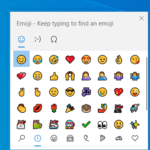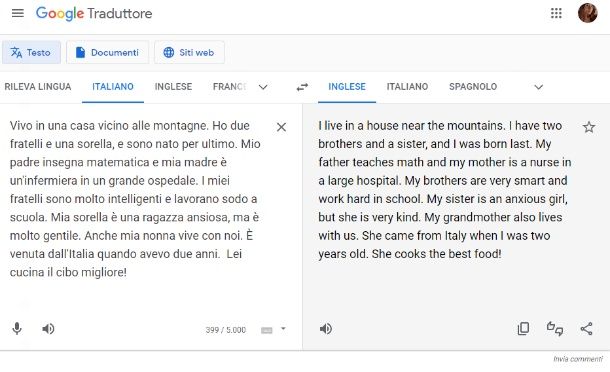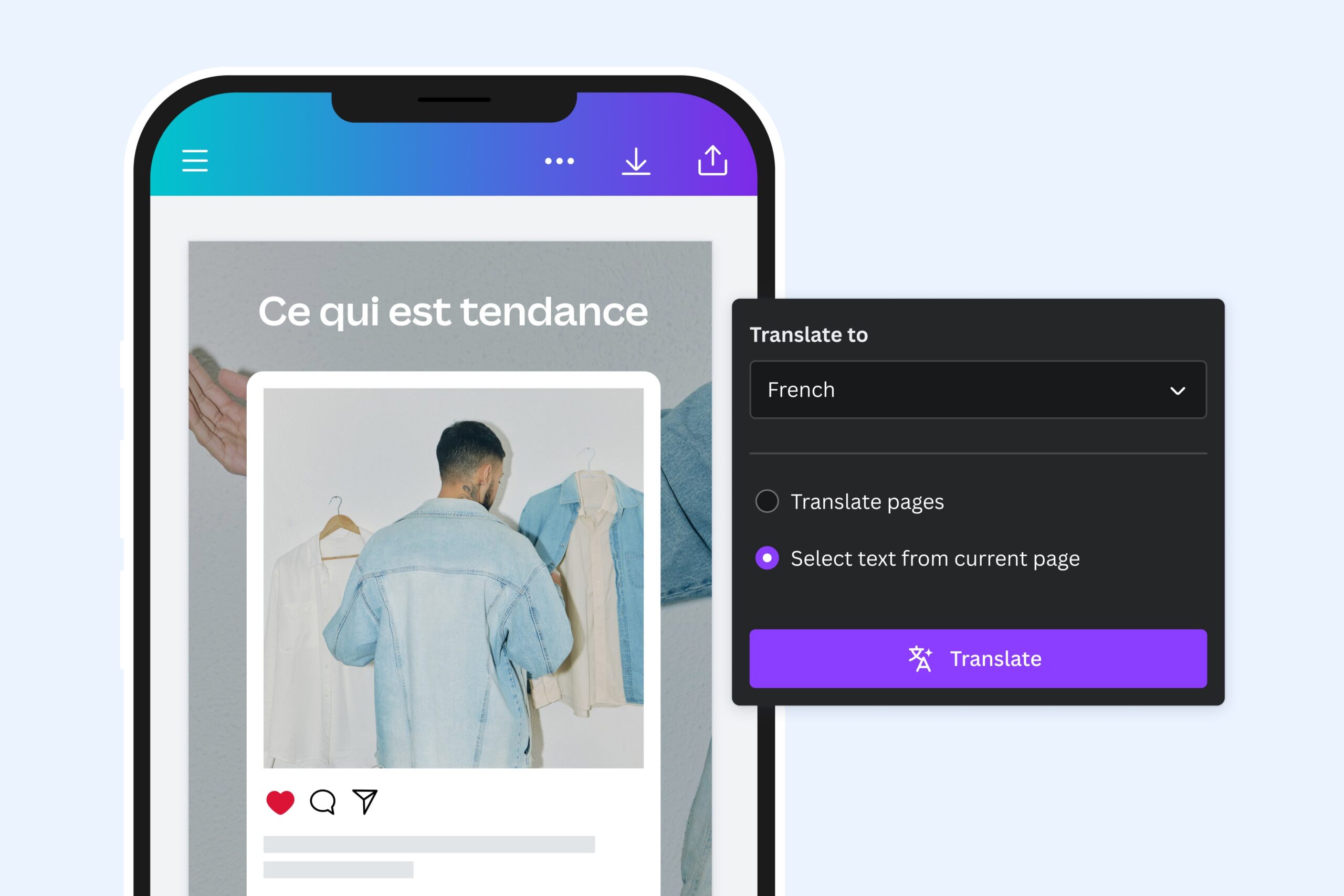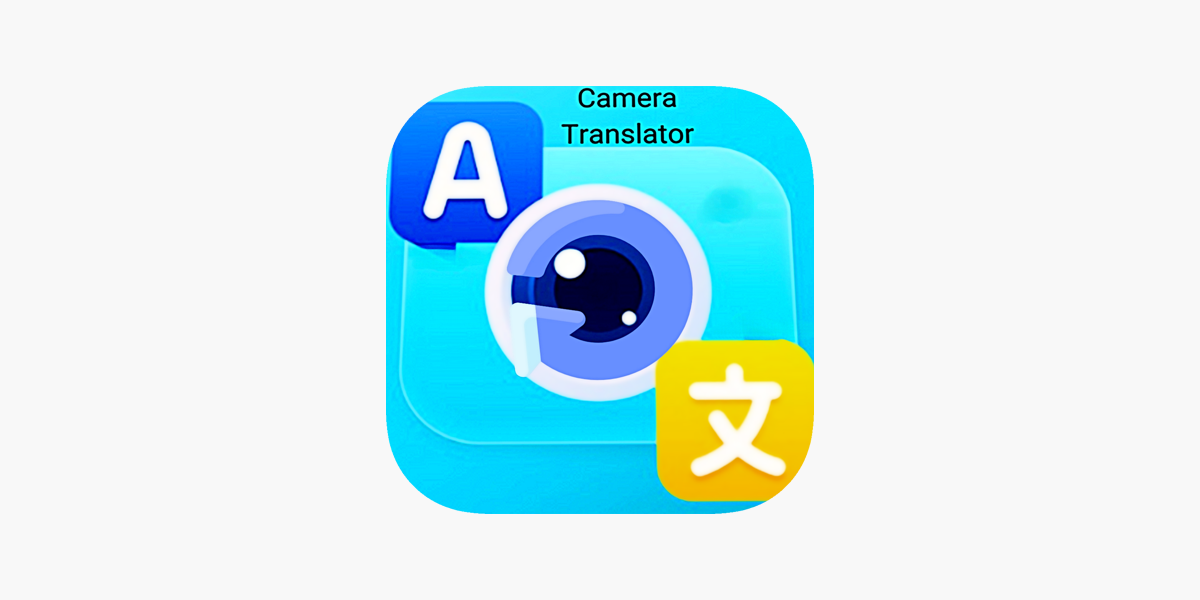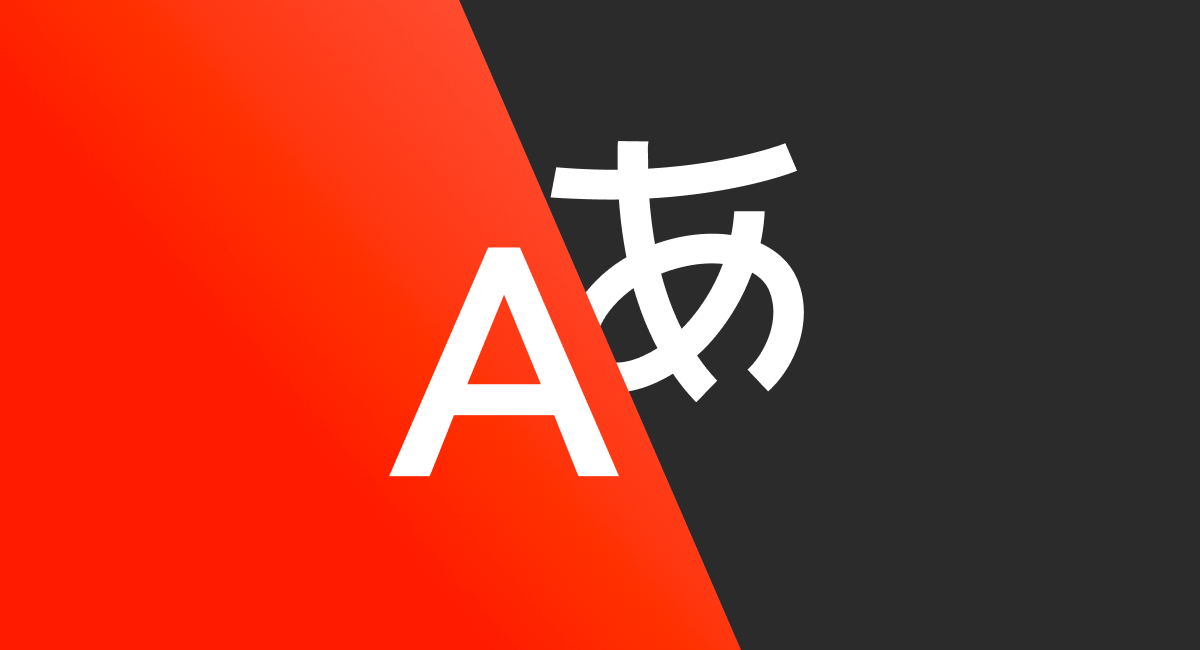Understanding the Differences Between British and American English
When it comes to translating English to English, many might wonder why there would be a need for translation between two variations of the same language. However, the intricacies of British and American English can sometimes feel like different languages altogether.
The local idioms, spellings, and vocabulary are just the tip of the iceberg. Below we dive into these distinctions, the tools available for translation, and the benefits of AI in the field of translation.
What Are the Differences Between British and American English?
The contrasts between British and American English span various aspects of language use, including pronunciation, spelling, and vocabulary. These differences can be subtle or quite pronounced, depending on the context.
For example, the British “colour” becomes “color” in American English, and “realise” changes to “realize”. Additionally, everyday objects often have different names; the British “biscuit” is an “American cookie”, and the “boot” of a car in the UK is the “trunk” in the US.
Grammatical disparities also exist, such as the use of the present perfect tense. In British English, it’s common to say, “I have just eaten,” whereas in American English, one might simply say, “I just ate.”
It’s important to recognize these distinctions when translating English to English to ensure the correct version of the language is being used for the intended audience.
How Does Google Translate Work for English Translation?
Google Translate has become a go-to tool for many when they need to translate languages, including different dialects of English. But how does it function?
The application uses sophisticated machine learning algorithms to interpret text and provide translations. It constantly learns from a vast amount of linguistic data sourced from the web.

For English translations, Google Translate acknowledges the variations between British and American English, offering options to select the desired form. However, the accuracy can vary, and sometimes it might not capture the subtleties of local expressions.
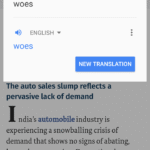 Translate English to English – British English and American English
Translate English to English – British English and American EnglishWhat Is the Best Italian to English Translator?
Finding the best Italian to English translator depends on the user’s needs. Professional translators offer the highest accuracy but come at a higher cost. For regular or informal translations, various online tools and applications are available.
Many users opt for services like Google Translate for its accessibility and improving accuracy, thanks to AI development. However, for more nuanced or industry-specific translations, specialized translation services are recommended.
Characteristics of an Online Translator
An effective online translator should offer speed, accuracy, and ease of use. It should support a wide range of languages and dialects, including both British and American English, and be capable of understanding contextual nuances.
- User-friendly interface
- Quick translation turnaround times
- High level of accuracy
- Contextual understanding for better quality translations
- Regular updates to improve performance and language databases
How to Translate Italian to English with Google Translate?
To translate Italian to English using Google Translate, follow these steps:
- Open Google Translate or access the Google Translate website.
- Select Italian as the source language and English as the target language.
- Type or paste the Italian text into the input box.
- The translation will appear in the adjacent box, where you can then select British or American English if needed.
For large texts or documents, the process remains similar, with the added option to upload documents for translation.
Advantages of AI Translation
AI Translation, like that employed by Google Translate, offers numerous advantages over traditional methods:
Efficiency is a key benefit, as AI can process large volumes of text swiftly. Consistency is maintained throughout a document, which is crucial for professional communications.

Cost-effectiveness is another advantage—AI translation is often more affordable than hiring a human translator, especially for less-common language pairs or specialized topics.
Moreover, AI technology is continually advancing, with improvements in accuracy and the ability to learn from corrections, further closing the gap between human and machine translation quality.
As an interlude, here’s a relevant video highlighting some of the differences between British and American English that might be useful for those interested in the topic:
 Resimden çeviri – fotoğraflı çeviri (çevrimiçi ücretsiz)
Resimden çeviri – fotoğraflı çeviri (çevrimiçi ücretsiz)Frequently Asked Questions About English Translation
What Is the Difference Between American and British English?
The difference between American and British English includes variations in spelling, vocabulary, pronunciation, and sometimes grammar. These distinctions are rooted in historical developments and cultural influences that have shaped each version of the language.
While American English tends to be more phonetic in spelling and more direct in expression, British English often retains traditional spellings and can be more formal. This affects not only written communication but also the approach to translating English to English.
What Is the Best Simultaneous Translator?
It’s challenging to pinpoint the best simultaneous translator as requirements vary, but Google Translate and other AI-powered tools are popular due to their accessibility and continuous improvement. Accuracy and language support are improving, making these tools viable for real-time translation in many scenarios.
For professional settings where high accuracy is crucial, specialized simultaneous translation devices and services are preferred, although they may come at a premium.

How Many Types of Translation Are There?
Translation can be categorized in several ways, including literary, technical, professional, and machine translation. Within these, further specializations exist, such as legal, medical, or website translation, each requiring specific expertise and knowledge.
With technology evolving, AI-driven and crowd-sourced translation are becoming more prevalent, while traditional human translation remains the gold standard for high-stakes documents and publications.
What Are the Most Reliable Translators?
The most reliable translators are typically professional human translators with expertise in the relevant field. However, among machine translators, Google Translate, DeepL, and Microsoft Translator are often cited for their strong performance, extensive language support, and improving AI capabilities.
For highly accurate translations, it’s recommended to use professional services or to have machine translations reviewed by a human expert.
Understanding the nuances of translating between British and American English, and leveraging the right tools, can greatly enhance communication and comprehension across these linguistic divides. Whether you’re a student, professional, or language enthusiast, having knowledge of these aspects is invaluable in the global landscape.
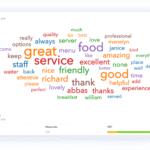 Text analysis tools for effective data insights
Text analysis tools for effective data insights

